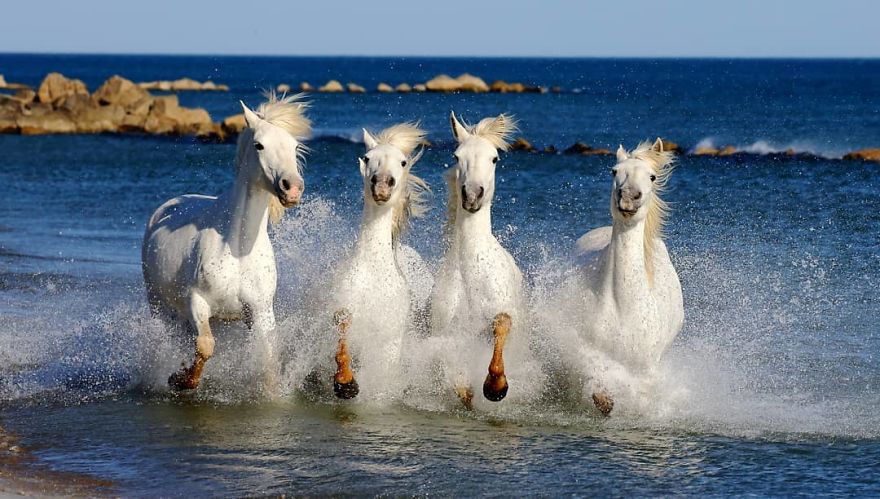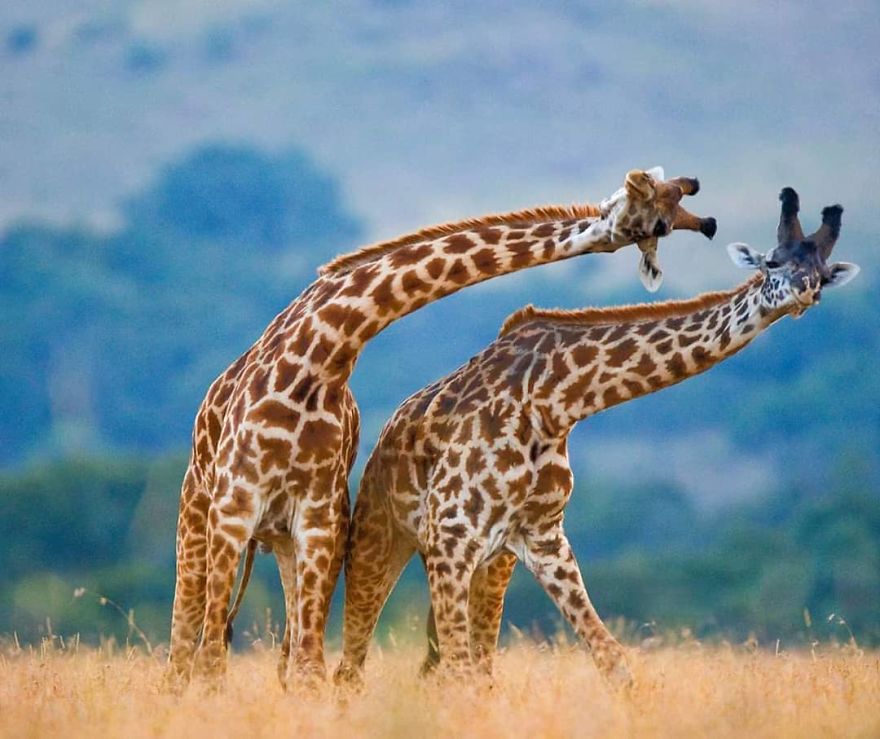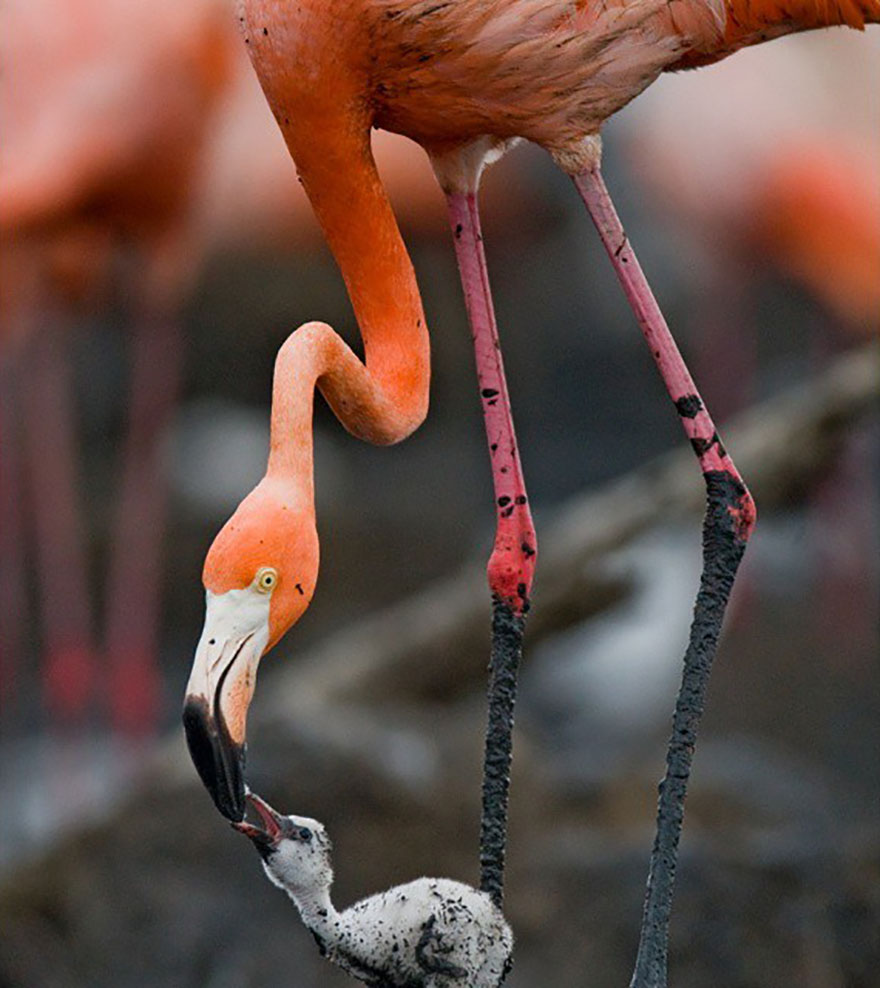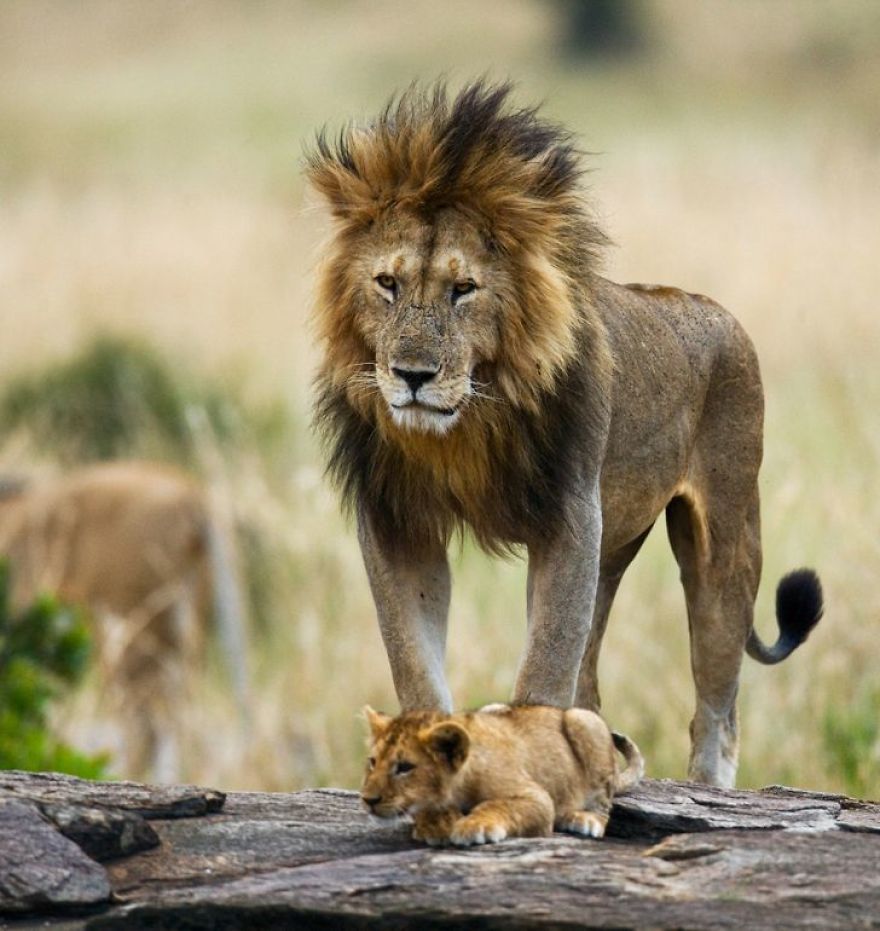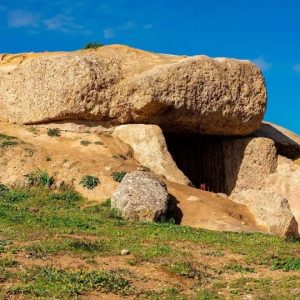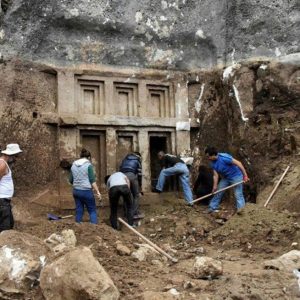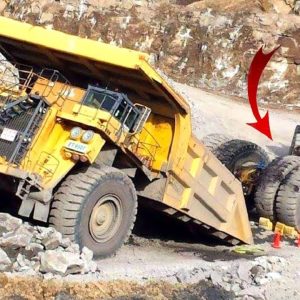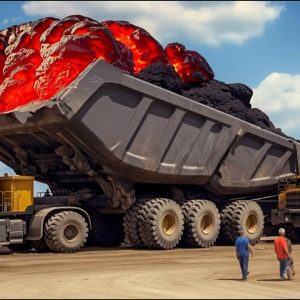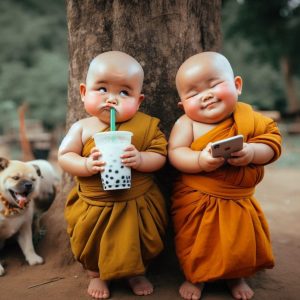Andrey Gudkov is a Russian wildlife photographer. He regularly goes on expeditions to remote and dangerous lands in Indonesia and Africa such as Borneo, Zambia, and Rinca Island.
Gudkov shares:
“In the late 80s, I held National Geographic for the first time and it was a culture shock. The photos were so amazing I thought they weren’t even real. The series of photos seemed to lead me into a fairy tale. Therefore, as soon as I had the opportunity, I bought professional equipment and packed my backpack to make that dream come true.”



Gudkov is inspired by many famous wildlife photographers.
“Wildlife photography is a genre that I have always pursued. My ‘teachers’ are albums by world-famous wildlife photographers: Steve Bloom, Franz Lanting, Michael Poliza, etc. Their products inspired me and gave me the motivation to be creative. Little by little, with trial and error, I gradually shaped my own style. At first, everything seemed simple. But the more I committed, I The more I realize this genre is very difficult and the knowledge I need to learn is endless.”



Photographing wildlife is extremely difficult because the photographer has to be exceptionally prepared and really patient. Not to mention the financial investment in photography equipment and not-so-perfect working conditions can discourage many people.


“Photographing wild animals in natural habitats is a very complex and specific genre of photography, requiring the photographer to have careful preparation and a special personality. Not only financial investment, photographers also need to deal with procedures to take photos: letters to officials, national park directors, purchasing photography licenses,…
Additionally, you must be very patient and cautious, because photographing an animal without seriously learning first about it is almost impossible. Sometimes, you even have to spend up to 6 or 7 months to get ready for an expedition in just 3 or 4 days, with 24 hours of continuous work and poor living conditions,” said the photographer. share.
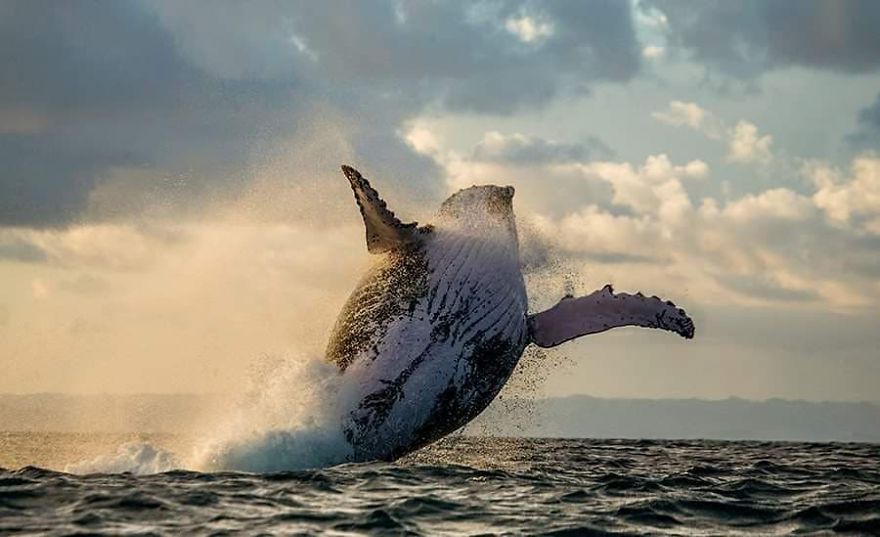

If taking photos in a tropical area, be prepared with all precautions for tropical diseases. Plus, you might have to wake up at 4am, walk 15km in forests with up to 100% humidity, with 20kg of luggage on your back. Because of such harsh conditions, many people gave up when they were just starting on this path.
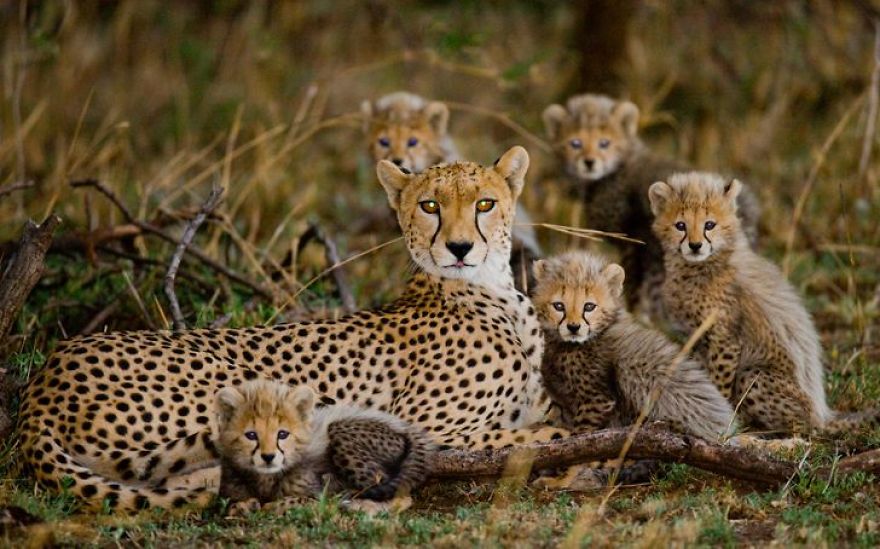

Gudkov believes that no animal is beautiful or ugly: “In my opinion, the most important thing is to find the individual characteristics of the animal and try to convey them through the photo. The animal’s eyes are a very important detail: Surprise and fear, tenderness and concern, anger, indifference, confusion… all are expressed through the eyes of the inhabitants of the natural world. course”.

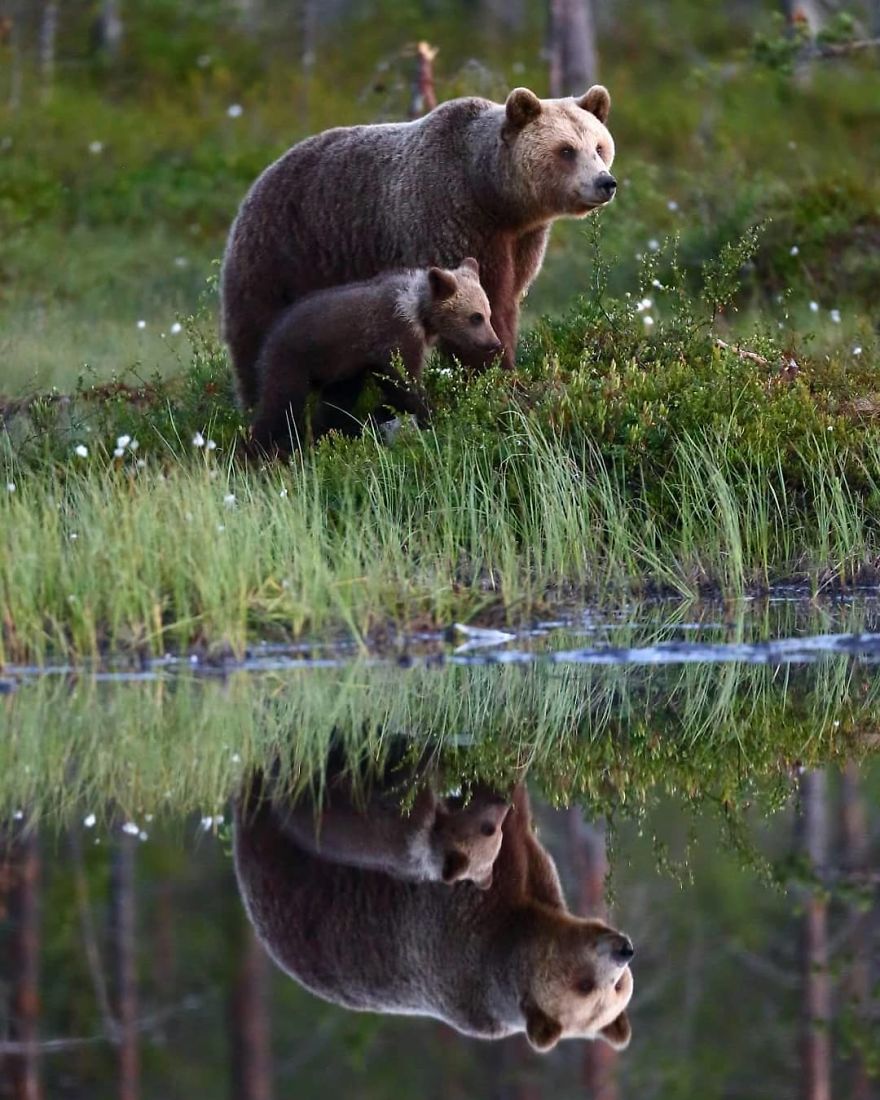
Gudkov believes that it is the duty of every wildlife photographer to help people realize that these magnificent animals are gradually disappearing.
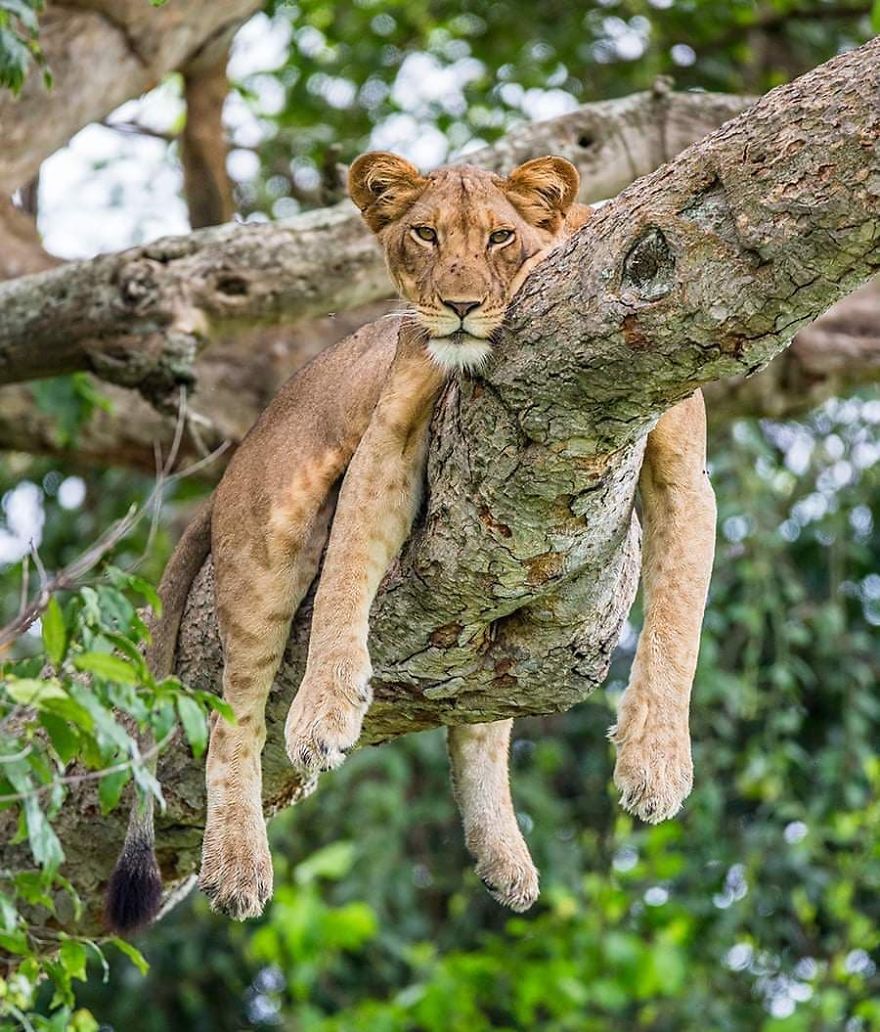

“Over the past few years, I have visited many remote locations where nature still retains its pristine beauty, untouched by humans. Such places are very wild and the terrain is rugged. Here, money has no value. And that is the condition that allows many animals to be safe. The world around us is changing and it is the duty of the wildlife photographer to try to show and impress people with the disappearing beauties, rare beauty and diversity of the creatures in the world.”
